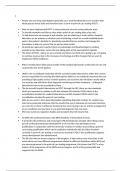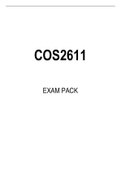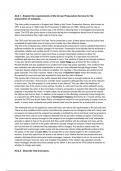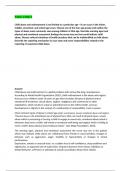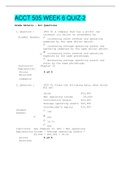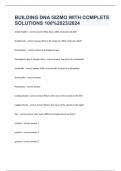College aantekeningen
Point of care testing
- Vak
- Instelling
preview:• People who are living with diabetes generally use a small handheld device to monitor their blood glucose levels daily and therefore that's a form of point of care testing (POCT). • Why we have implemented POCT in some particular areas for some particular tests. • To provide exam...
[Meer zien]
